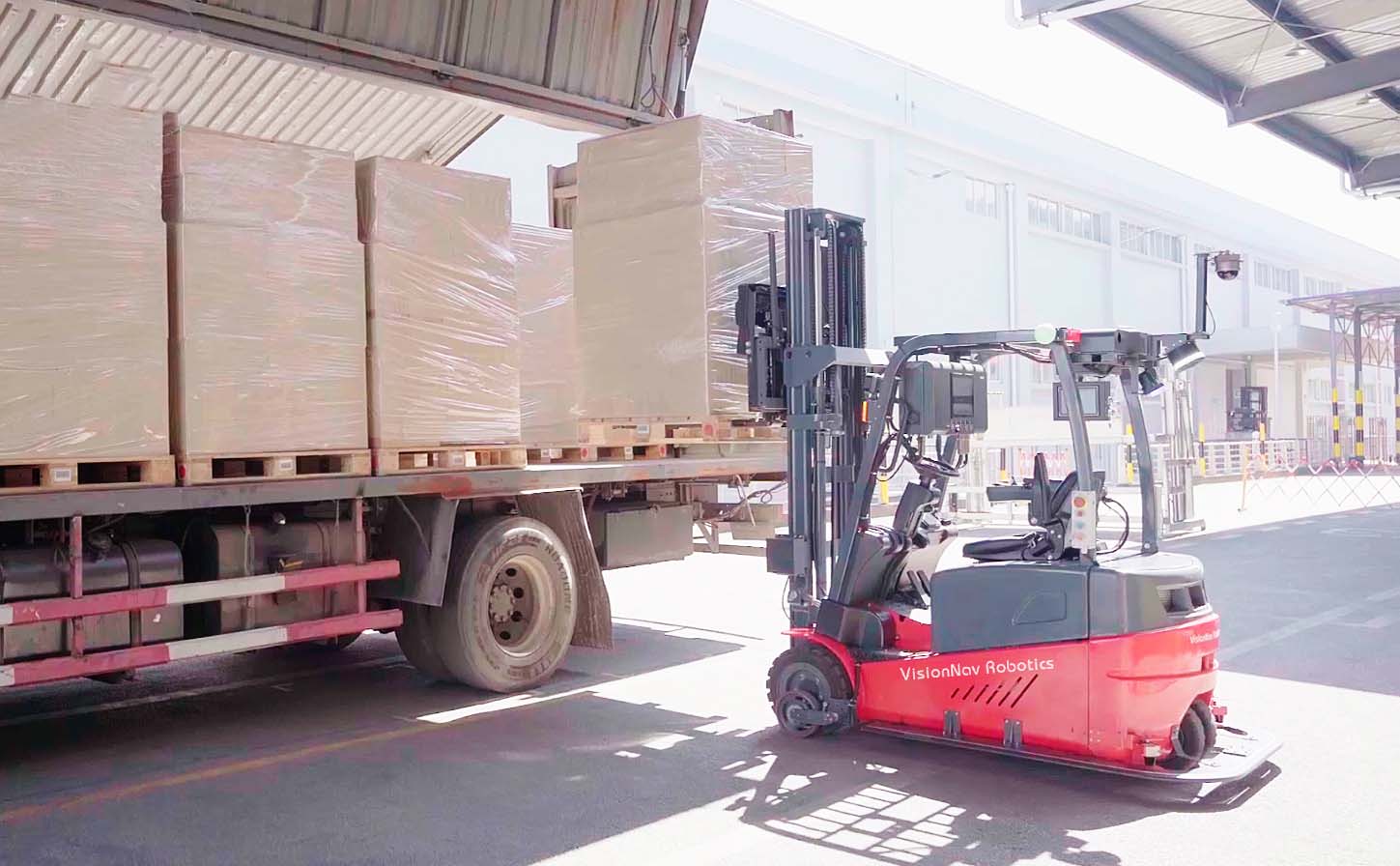These AGVs will be used to alleviate congestion in the industry, according to ABI Research’s Multimodal Logistics market data report.

ABI Research, a global technology intelligence firm, expects seaports to deploy over 370,000 autonomous guided vehicles (AGVs) by 2030. These AGVs will be used to alleviate congestion in the industry, according to ABI Research’s Multimodal Logistics market data report.
The maritime industry has recently surged its automation efforts to tackle global seaport congestion. These efforts can range from deploying things like gantries, automated port gates, and stacking cranes as well as AGVs.
“Automation improves port operations’ reliability, consistency, and workplace security. Also, from an environmental perspective, automation can lead to efficient operations and faster services. Automated ports are also far safer than conventional ports. The number of human-related disruptions falls as performance becomes more predictable with automation and data capture solutions,” Adhish Luitel, Supply Chain Management & Logistics Senior Analyst at ABI Research, said.
AGVs can be used to transport containers and loads to and from ships, and have been one of the most productivity-augmenting pieces of automation deployed at seaports, according to ABI Research.
The research firm expects AGV seaport deployments worldwide to have a compounded annual growth rate (CAGR) of over 26% from 2022 to 2030, which means global deployments will exceed 370,000 by 2027.
ABI Research also expects robotics automation to continue growing in other modalities of the global supply chain, like rail, air, and road. There are a number of automation providers, like VisionNav Robotics, Konecranes, HERE Technologies, and VDL Automated Vehicles, that are providing automation and digital tools to enhance efficiency and visibility across different transportation modalities.
In particular, rail camera systems for rail infrastructure are on the rise. Over 29,000 inspection robots were deployed in rail infrastructure globally in 2022, according to ABI Research. These robots are set to grow to over 43,000 by 2030 with a CAGR of around 5%, falling in line with the rising rail freight volume.
“Automation in various modalities, despite its benefits, can also bring costs of which supply chain managers might need to be wary. Although automation can streamline workflows and make tasks easier in the long run, they come at the expense of initial potential productivity losses that come with equipping workers with the right skillsets to operate and maintain these solutions. So, there is a change management aspect of which managers and authorities must be more mindful,” Luitel said.




